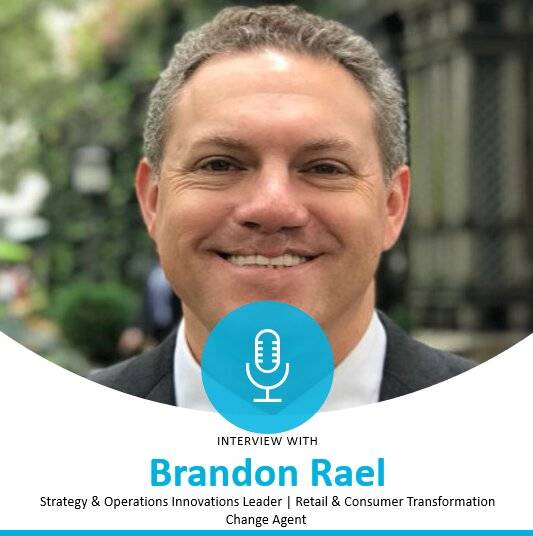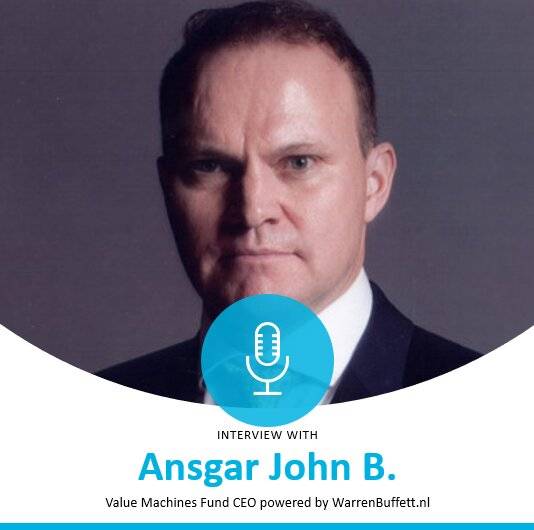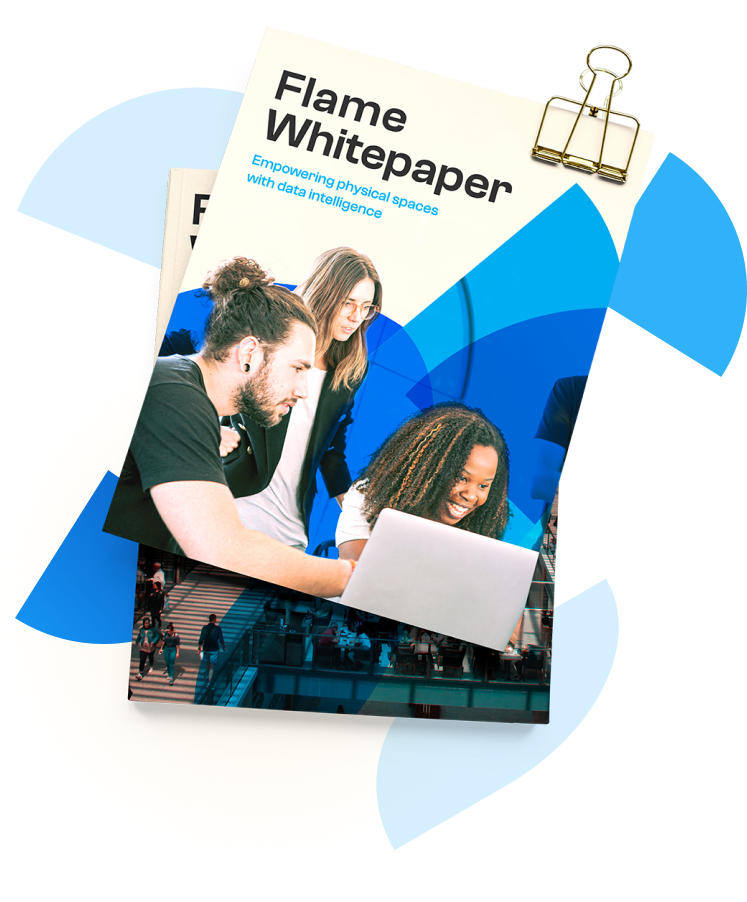“Retail these days is about the skillful blending of Probabilities and Possibilities. Probabilities are great when they are available, and still valid. But it is now more important than ever to explore and experiment with Possibilities, the new unknowns and opportunities that are always emerging”. Do not miss our interview with Jeff Sward, CEO & Founding Partner of Merchandising Metrics.
Jeff, Do you think the offline retail will disappear?
No, of course not. Online will continue to take share, but offline will always have certain advantages over online. Shopping and buying are sensory and physical stores certainly have the advantage there. Shopping and buying are also a function of Knowns and Unknowns. When I know everything I need to know about a purchase, online is easy. It might be a replacement or a replenishment item and online is an easy default in that case. But if there are unknowns or questions, then the physical store with real live product and real live salespeople has the edge. Functionality… How does this work? Fit, baggy, tight… Does it bind?, How does it look? Handfeel and weight… Is it soft enough? Does it feel like quality, or does it feel flimsy? Shopping and buying are a process of discovery, a process of learning. Sometimes that can be achieved online and sometimes it will best be accomplished offline. And more often it will be a combination of both as a lot of homework will be done online, and a lot of affirmation and confirmation is done in store.
What are online retail defects and virtues?
The virtues of online retail are numerous. ACCESS to almost unlimited product information. SPEED and ease of that access. MOBILE shopping. Shopping for PRICE COMPARISON. Shopping for DELIVERY OPTIONS. Ease of RETURNS. I don’t view online retail to have “defects”. I think more in terms of constraints. There are some things that online retail just doesn’t offer the customer.
Explore + Experiment process happens best offline in a real store with real people and real product.
What things the online retail doesn´t offer?
What I mentioned before: Knowns and Unknowns. Unknown facts are easy to turn into learned information. But if an Unknown is sensory in nature, it is immediately difficult or impossible to solve that in the context of online retail. Apparel is highly sensory in nature. If an item is a replacement from a known brand, you can buy with high confidence. If the item is totally new and from an unknown brand, buying becomes a very low confidence action. And sometimes there is a HOW involved. Any trip to Best Buy or Home Depot often involves a HOW question, at least for me. HOW does this work? WHY is this gizmo better than that gizmo? The last constraint I will mention is about “experiential retailing”. It is often now said that experiential retailing is going to save the offline brick and mortar segment.
What is “experiential retailing”?
There are different definitions of “experiential retailing” but mine is simply: Explore + Experiment = Experience. There is certainly some level of exploring I can do online. And I can do a lot of comparing online. But to me the real Explore + Experiment process happens best offline in a real store with real people and real product.
The physical store with real live product and real live salespeople has the edge
So, Offline retail needs to leverage this formula…
Yes. Also, Offline retail needs to get over its inferiority complex, remember its advantages and leverage them. Leverage the Explore + Experiment = Experience formula. Remember that “treasure hunt” is one of the cornerstones of the FUN of shopping and buying. More on treasure hunt below.
In the current context, what role does technology play in retail?
I am by no means a technology expert, but I think it’s safe to say that technology has made the shopper a much better-informed customer than ever before. Access to information is unlimited. Even if the sale is consummated offline, the purchase is better informed today than ever before. And then there is convenience. Who would have predicted the role of BOPIS just a couple of years ago? So from my perspective it’s about information and convenience.
Experiential retailing is going to save the offline brick and mortar segment
Highlights a current technology or innovation that you believe is setting a trend.
Mobile shopping and BOPIS. I think we are in the very early stages of understanding how mobile shopping and BOPIS will change the very nature of our everyday shopping and buying behavior. The mall as “fulfillment center” is certainly in our future. Also, Artificial Intelligence and Virtual Reality will certainly have growing roles in retail and will give us a whole new shopping experience in the years to come.
What does it take for a store to work?
The right mix of Left Brain + Right Brain thinking and execution. Left Brain logic and Right Brain creativity have to co-exist in harmony. The right mix of Probabilities and Possibilities. Knowns and Unknowns. Data + Design. Logic and planning have to provide the proper underpinnings while creativity in both Product and Path to Purchase energize the customer. There must be some kind of “treasure hunt” element to the shopping experience, whether the sign on the door is “GAP” or “GUCCI”. The store must manage both Knowns and Unknowns. There has to be enough Knowns so that the store becomes a “go-to” destination. But there also must be some level of Unknowns… New, fresh, unexpected product that the customer is compelled to come in just for the possibility of finding someunexpected treasure. Something they would not have said they ‘need’, but upon seeing it they think “Yes!”.
What is Important to the customer? Make it OBVIOUS…! Don’t jam the floor. More is not more!
How about Story Telling?
STORY TELLING is critical. There are many ways to talk about storytelling, but to keep it simple I’ll boil it down to a couple of critical elements. First is IMPORTANT & OBVIOUS. What is Important to the customer? Make it OBVIOUS…! Don’t jam the floor. More is not more! Second is Color Management. What is the color statement at a moment in time? And how does color flow over time? Color is one of the most obvious and easy ways to manage change over time. It is an easy idea to understand and difficult to execute. And finally, there is Risk Management. By that I mean that there is a carefully considered balance of basics and seasonal key items and novelty/fashion. If the store is skewed too heavily to basics and key items, it will be boring, and will not tell sufficiently compelling stories. If it is skewed too heavily to novelty and fashion it will probably have taken on too much risk and the markdowns will kill the profitability. Tell great stories with novelty and fashion but mitigate the risk with carefully curated lower risk items.
How is customer loyalty achieved?
By consistently delivering on the Brand Promise. By meeting and exceeding customer expectations. The best loyalty is having an emotional connection with the customer.
How do you see the future of retail?
Healthy… Maybe even robust if enough brands, retailers and malls evolve in a synergistic manner. I am convinced that the Explore + Experiment = Experience formula holds the key. The execution of that formula will differ of course from online to offline, but the two venues will find new levels of harmony over the next several years.







